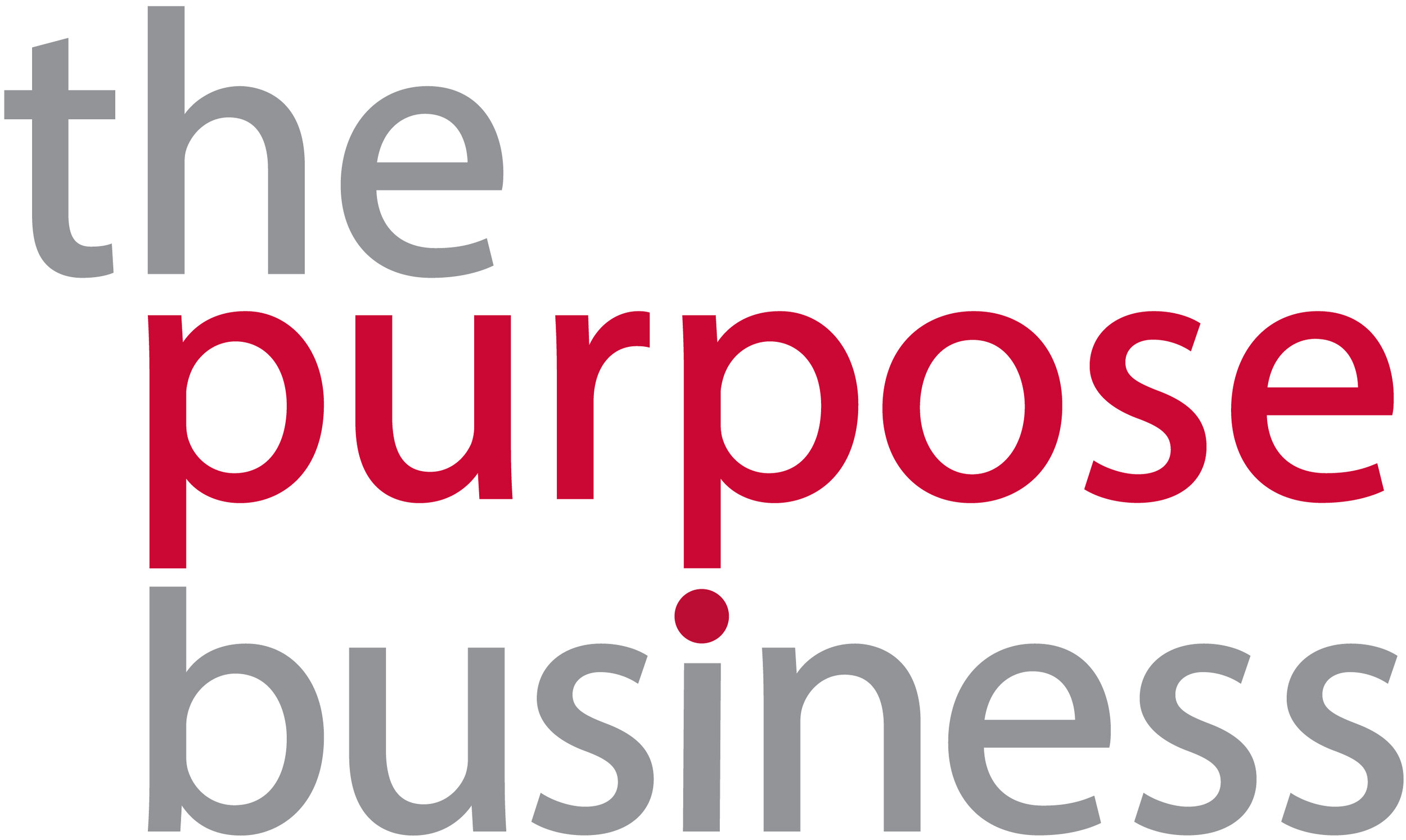Extraordinary times? Extraordinary measures. 5 ways that boards will never be the same again
Now is the perfect time to consider the future of a board’s operating model. TPB Founder, Pat Dwyer, discusses how boards should look to pivot post COVID-19 and a 5 ways they can get started.
Extraordinary times call for extraordinary measures, with business operations having to change at a dizzying rate. Not everything new will work, but this trial-and-error phase we find ourselves in at least gives us the chance to reflect.
Nowhere is that more important than at the very top, at board level, a group who have had to pivot just as much as everywhere else - if not more so.
Here are three key changes in place, followed by five ways to ensure those boardroom pivots are successful:
Getting ahead of risk planning - There's nothing like a crisis to test a company's many risk management frameworks. What separates those who have a business continuity plan versus others who pay this process lip service is an implementation strategy that can get ignited at any time. The painful truth is that many risk registers exist to tick the compliance box, but are not able to save a company during disruption. Boards may also be coming together as a crisis committee of sorts that looks at the overall readiness of a company within the medium to long-term. It may be commissioning board papers or research on futures planning and a broader risk management approach.
Support for the management team as part of crisis recovery- Board members are expected to stay at helicopter level, bringing with them vast expertise, knowledge, network and experience. As such, they remain best placed to support senior management by keeping an objective eye on macro trends and best practices. Boards add value by bringing ideas or solutions that could foster collaboration with industry players and peers or other sectors in civil society. They can connect leaders to the larger ecosystem, which would bring perspective to evolving business conditions. All these help management see the bigger implications of decisions they make on practical issues such as health and safety, suppliers and customer relationships.
Virtual board meetings and AGMs- Some board meetings carried on as scheduled, rather than being postponed, but taking things virtual requires an additional layer of organisation beyond regular board protocols: navigating elements of technology, respecting meeting time and length given various time zones, or simply managing prep work, real-time dialogue and post meeting feedback. As for AGMs, the legislative requirement for public companies to hold them within a particular window following their financial year-end has obviously resulted in some of them running online. There are many time-sensitive considerations to make this effective such as timely turnaround of proxy votes , so it would not be surprising if some companies choose to consider hybrid AGMs - i.e. in person + virtual - or appeal for a short delay.
Many of us have taken this time to personally reflect on what is truly important, thereby making us consider changes, particularly around the way we work.
Given the examples above of how boards have started to change their ways, now is the perfect time to consider the future of a board’s operating model.
Even beyond this health crisis, we are at a unique point in history where many other enduring crises converge - of climate, inequality and overall inclusion. If boards are truly to deliver on their role of providing much-needed guidance to organisations, this means they too have to embed environment, social and governance (ESG) in their own business model.
Here are five key ways to get started:
Increase board leadership and accountability of ESG. There are no more excuses left. Regulatory requirements indicate that ESG governance requires ownership and accountability at the board level. The HK Exchange has issued new reporting guidelines for the financial years commencing on or after 1 July 2020 which require companies to include "a board statement setting out the board’s consideration of ESG matters”. This goes beyond reviewing the sustainability report. It is critical that boards understand the way business is impacting natural resources and society at large. Net present value now has to account for so much more beyond financials, that even the investment community is increasingly prioritising ESG in its engagements. "In particular, proxy advisors and shareholders — both index funds and active managers — are emphasising employee health and welfare, risk oversight, succession planning, capital return decisions and executive compensation constraints to reflect the COVID-19 environment”, according to https://boardmember.com/the-increasing-spotlight-on-esg-in-a-post-covid-era/ .
Bin overboarding. Both a corporate governance and an ESG issue, many companies suffer from multiple directorships or 'overboarding'. In 2018, it was registered that Hong Kong had about 65 directors each sitting on more than six boards, sharing 499 seats between them. If boards are supposed to set out a company’s overall strategic direction and help look out for the interests of all stakeholders, one wonders how they are able to do that sufficiently for 6 (or more) boards. How could Independent Directors meaningfully represent the interests of the minority shareholders if they have to do so for a number of boards? Perhaps one of the reasons why ESG issues are perceived to be too difficult for board members to grasp, or are seen as ‘additional work’ , is simply because directors are not given the space to understand complex issues such as climate change or inclusivity. 2020 will see increased investor scrutiny as they seek to understand how companies balance management decisions along with broader aspects of culture and stakeholder engagement. As an aside, here’s a fun time-visualization tool to assess how your board spends its time.
Put S (Social) first. The pandemic has highlighted how uneven and subjectively social issues have been managed, while there isn’t much reporting rigour developed for them. Even though standards exist on topics such as modern slavery, labour and welfare or even supplier engagement and traceability, their implementation depends upon broader factors such as corporate culture, local market practice, and company engagement strategies. Boards need to raise awareness around the importance of how issues such as job security, executive compensation constraints, supplier support, overall health and welfare are managed for the long term.
Hire differently. The next board seat that opens up – look around the room. Are you all alike? As part of transformation, could you bring in a different expertise or background? Beyond gender play, authentic inclusion at the highest management level begins with hiring someone from another industry, a different academic background, or different career path. Lawyers have become vice chairs of tech firms, retail leaders have moved to banks and grassroots charity members have moved to corporate roles. It’s possible to push for diversity in the boardroom by mixing functional expertise with a variety of backgrounds and perspectives.
Take the learning plunge. Bring in ESG expertise to engage the board on understanding a broader set of risks. In fact, for the meeting (which may still be on Zoom), why not ditch the board papers and consider dedicating time on futures thinking? This is a facilitated session to reflect on possible shifts that can take place over the next 10, 20 or more years and the social and environmental impacts they may bring. It is a process that ignites the board’s long-term thinking by challenging long-held beliefs and testing the room for innovative and creative thinking. Together with evaluating future scenarios and planning, this will help the board craft short, medium and long-term goals that ascertain overall business resilience.




